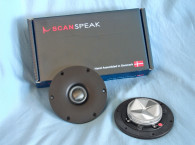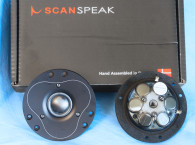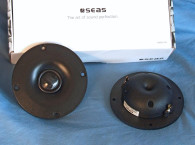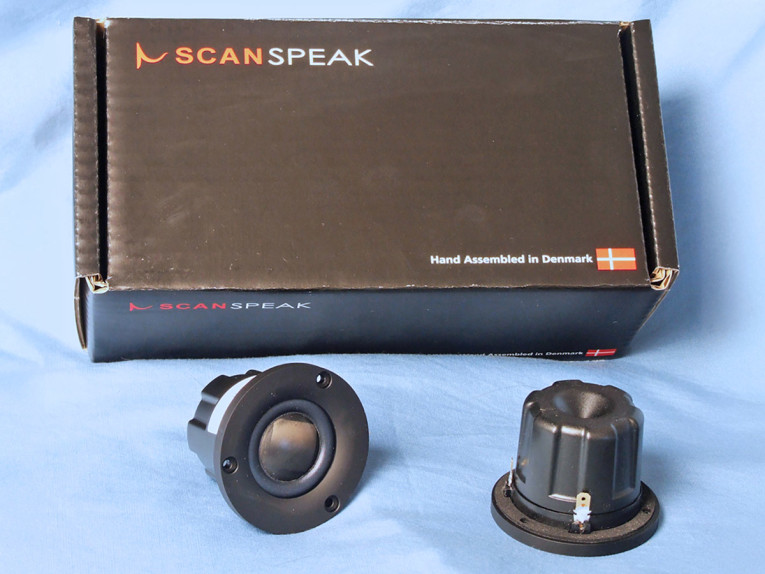
Metamaterial is any material engineered to have a property that is rarely observed in naturally occurring materials. Martin Turesson, head of Composite Sound, originally wrote about the metamodal process as applied to diaphragm technology in the February 2022 issue of Voice Coil magazine, and again recently in an article titled “TPCD Technology in Headphones: Engineering to Control Diaphragm Resonances” published in the January 2024 issue of audioXpress.
As applied to TPCD diaphragms, this means that by judiciously adjusting the location of weight and thickness in the diaphragm, you can control the cone modes and resonances. The benefits of controlling resonant break-up modes are obvious. Scan-Speak has been participating in Composite Sound’s metamodal development program, and the new D3004 tweeter is the first result to be released.
The feature set for the Scan-Speak D3004/606200 tweeter includes a 26mm (1”) TPCD thin-ply carbon metamodal designed diaphragm (Photo 2), low resonance injection-molded rear chamber (Fs=430Hz), black anodized machined aluminum faceplate, patented Symmetrical Drive (SD-2) neodyminum motor structure, large-roll coated cloth surround, 50W IEC 18.4 power handing (with 2.5kHz second-order Butterworth high-pass network), long-term 130W IEC 18.2 power handing, 91dB 2.83V/1m sensitivity, plus gold-plated terminals.
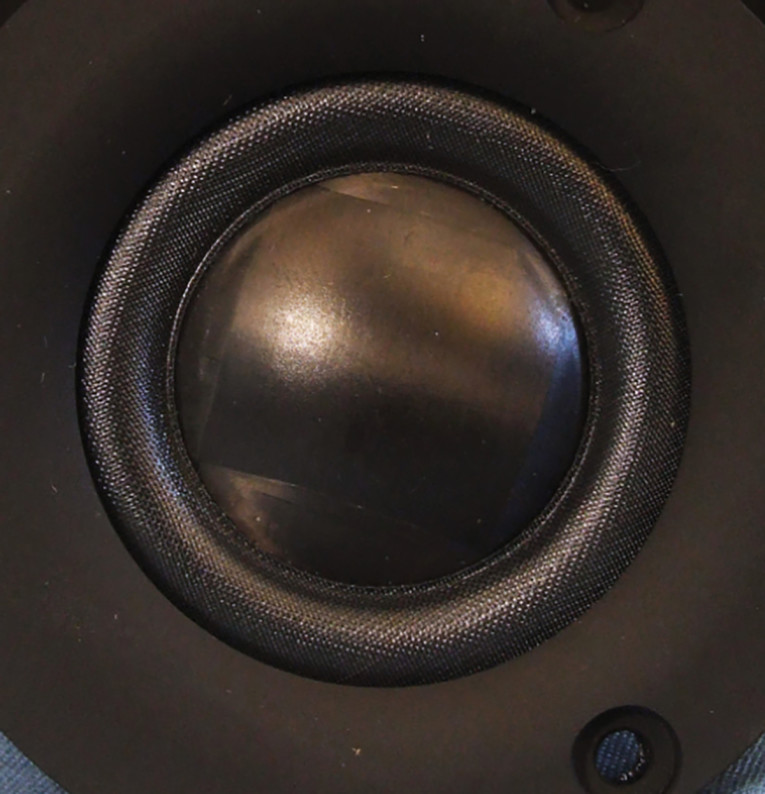
I began testing the new Scan-Speak D3004 metamodal TPCD diaphragm tweeter by generating a stepped sine wave impedance plot using the LinearX LMS analyzer. The result of the LMS 300-point impedance sine wave sweep is given in Figure 1. The resonance of the D3004 tweeter is 434Hz (Qts=0.38). The minimum impedance for the D3004 is 2.94Ω at 2.17kHz, with a 2.78Ω DCR.
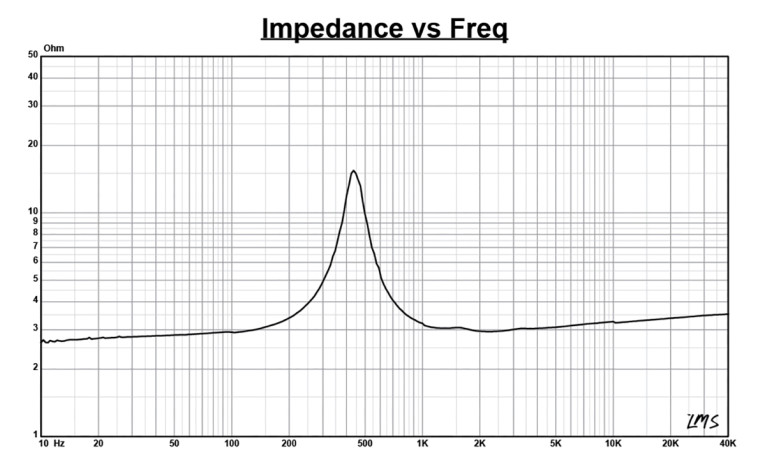
After completing the impedance measurements, I recess mounted the Scan-Speak D3004 TPCD diaphragm tweeter in a bookshelf-size enclosure that had a baffle area of about 11”x6” and measured the horizontal on- and off-axis at 2.0V/0.5m (normalized to 2.83V/1m) from 0° on-axis to 45° off-axis using the Loudsoft FINE R+D analyzer and GRAS 46BE microphone (supplied courtesy of Loudsoft and GRAS Sound & Vibration). Figure 2 shows the on-axis response for the D3004, which exhibited a ±1.75dB response from the 3kHz to 24kHz with response out to 50kHz (±3.25dB from 1kHz to 25kHz).

Figure 3 depicts the on- and off-axis (0°-45°) response of the Scan-Speak D3004 TPCD metamodal dome neo tweeter. Figure 4 shows the off-axis curves normalized to the on-axis response. Figure 5 shows the 180° horizontal polar plot (in 10° increments with 1/3 octave smoothing applied), generated using the CLIO Pocket analyzer and accompanying microphone (courtesy of Audiomatica SRL). Last, Figure 6 gives the two-sample SPL comparison, showing the two Scan-Speak D3004 samples to be closely matched within ≤1dB throughout the drivers operating range from 3kHz to 18kHz.
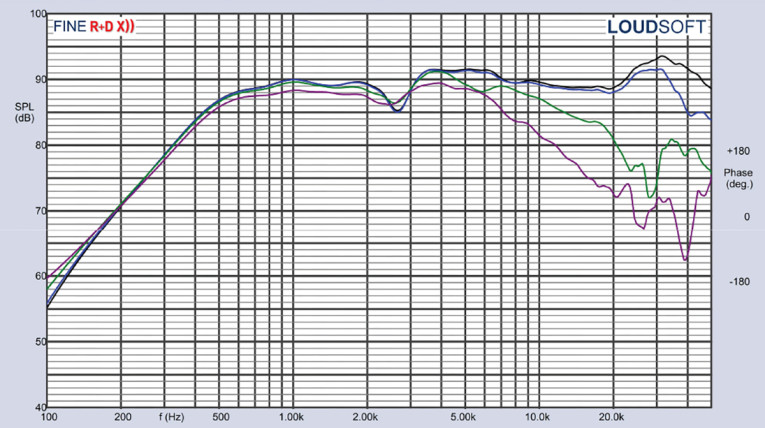
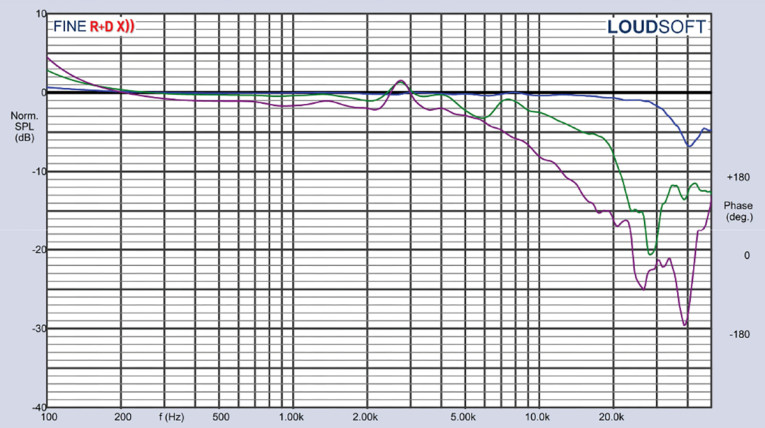
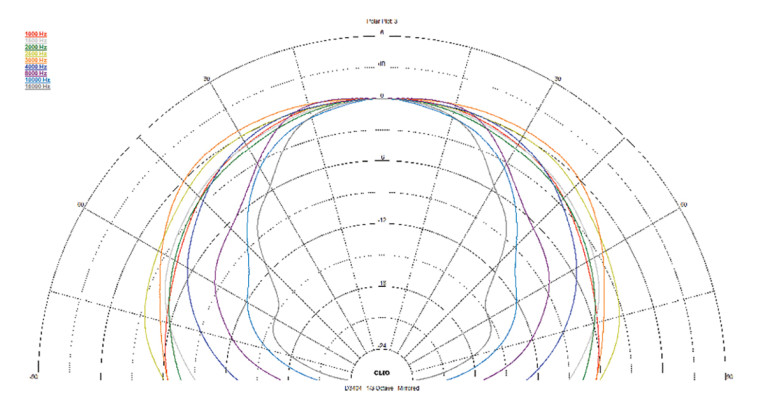
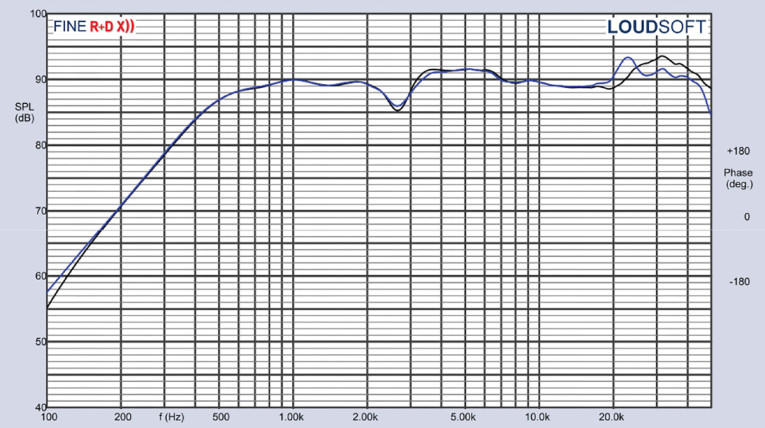
For the next test procedure, I again used the Listen SoundCheck V21 software, AudioConnect analyzer, and SCM ¼” microphone to measure the impulse response with the tweeter recess-mounted on the same test baffle. Importing this data into the Listen SoundMap software produced the cumulative spectral decay (CSD) waterfall plot given in Figure 7. Figure 8 depicts the D3004’s Short Time Fourier Transform (STFT) displayed as a color variegated surface plot.
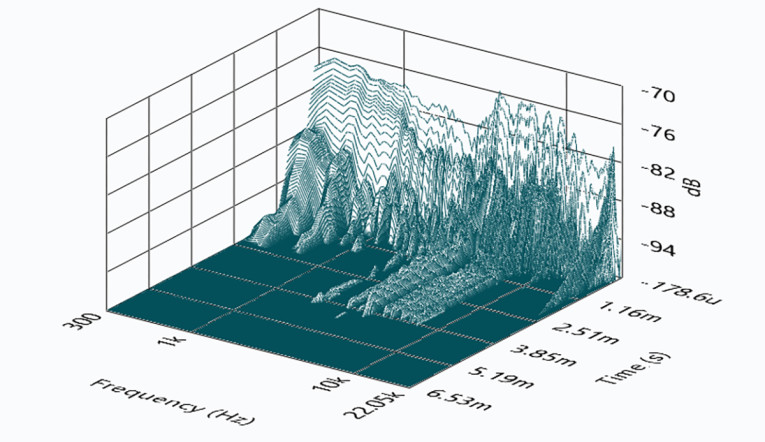
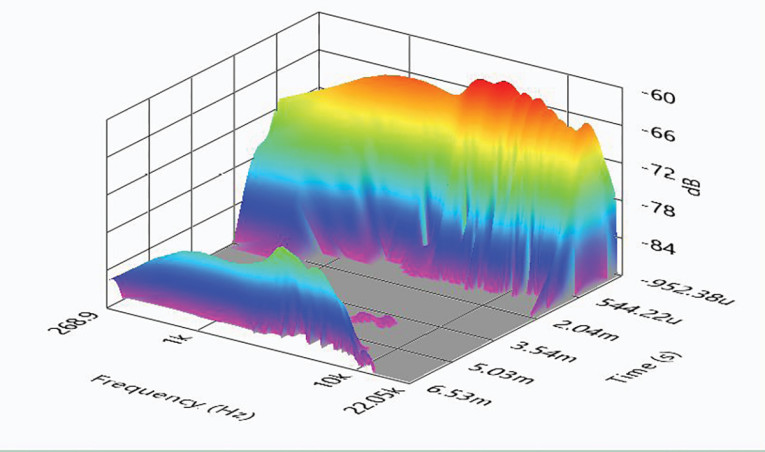
For the final test procedure, I set the 1m SPL to 94dB (4.8V for the D3004/606200), using a pink noise stimulus, and measured the second and third-harmonic distortion at 10cm. Figure 9 shows the SoundCheck distortion graph, demonstrating very low third harmonic content.
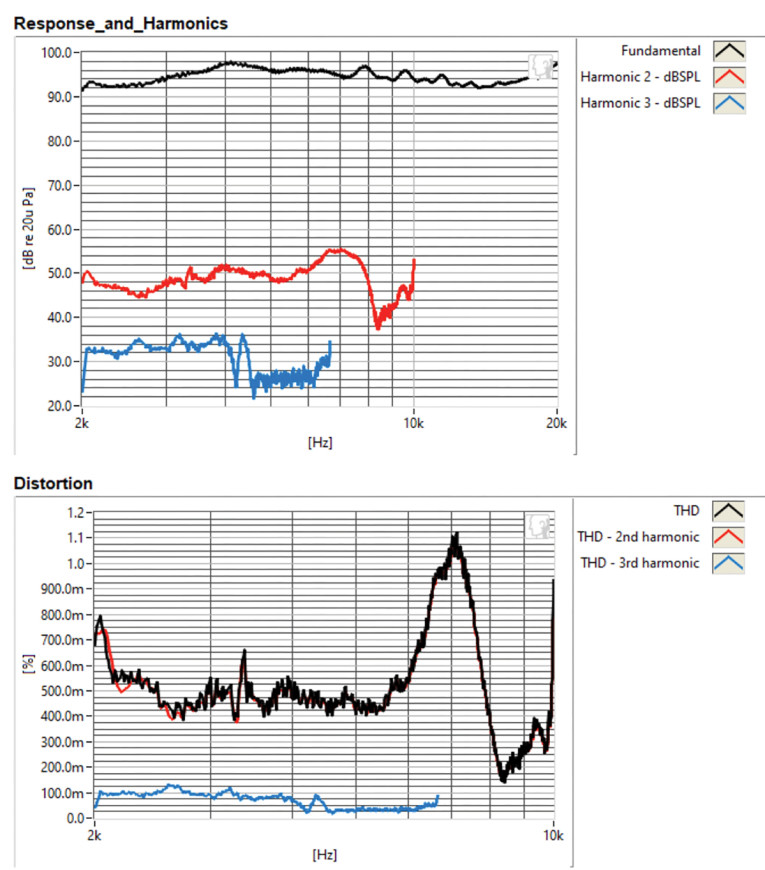
One of the current problems for high-end driver manufacturers is the ridiculously high cost of Beryllium diaphragms. All the OEMs I have talked to recently tell me that they have gone from about $30 for a 1” Beryllium tweeter dome to $160 for the same dome, which in the long run is probably unsustainable. While the timbre of TPCD and Beryllium are not identical, the comparison is pretty favorable, so it is no surprise that more and more high-end driver OEMs are releasing the new metamodal TPCD diaphragm transducers.
This new incarnation from Scan-Speak is an excellent example of this new high-resolution diaphragm format and as always, exhibits Scan-Speak’s attention to detail and build quality. For more information about these and other well-crafted high-end transducers from Scan-Speak, visit www.scan-speak.dk. VC
This article was originally published in Voice Coil, July 2024




